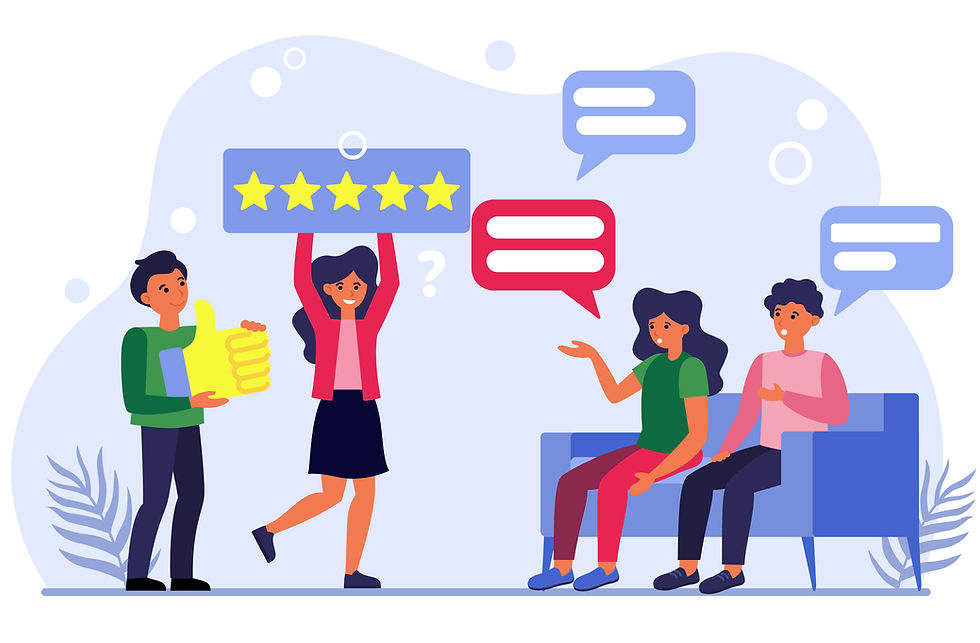AI as a Learning Amplifier, Not a Teacher
- Jeenie Yoon
- Sep 8
- 3 min read

As generative AI tools continue to evolve, educators are faced with the need to adapt their teaching practices. Many institutions of higher education have moved past whether AI should be allowed and have transitioned to thinking about how AI can be thoughtfully and intentionally incorporated into the curriculum.
It’s critically important to remember that AI is an assistive technology. Therefore we should be incorporating it in a way that still elevates the role of the human instructor. Think about an airplane. Modern day flights benefit from advanced technology that help flights to run smoothly. But airplanes still need pilots to guide when and where the technology is used. Much like the way a pilot pays attention to things like weather patterns, altitude, and flight paths, instructors are paying attention to the progress their students are making (or not making), making note of where students are getting stuck, and encouraging creative ways for problem solving.
Thankfully, professors from multiple disciplines are openly sharing their ideas around AI usage and how AI can be incorporated into their classes. Reading through several use cases, it is clear that real world applications of GenAI are central to effective student learning. Here are three examples from Harvard Business Impact:
“AI Sprints.” Scott D. Anthony, clinical professor of strategy at the Tuck School of Business at Dartmouth College, and his colleagues organize “AI sprints” to allow students to hone their pitch-creation skills while experimenting with AI tools. Students sharpened their prompting skills, learned how to iterate and enhance communication skills, and engaged with AI tools that took on specific personas to better understand what future stakeholders might be looking for in a final deliverable.
Roleplay Scenarios. While they might not always be the most beloved student activity, roleplays can be highly effective at teaching students how to hold important conversations in a lower stakes environment. Ethan and Lilach Mollick, from the Wharton School of the University of Pennsylvania, describe how they used AI tools to craft realistic roleplay scenarios for their students to learn from. From highly specified prompts (provided in the article), they were able to create an AI-M44entor. Students interact with the AI-Mentor to engage in the roleplay. Paired with specific guidelines, risk acknowledgement, and debriefs, the AI-Mentor enabled students to connect their knowledge to an experience.
Custom ChatBots. Tim Lindgren, assistant director for design innovation at the Boston College Center for Digital Innovation and Learning describes how he and his colleagues discovered that “...chatbots were struggling to find their purpose, too” (Lindgren, 2024). By giving specific instructions to the chatbots (such as asking open-ended questions, never giving the students the answer directly, etc.), chatbots were better equipped to guide students through their thinking and learning processes.
Remember that as we learn to incorporate AI into our teaching practices, that no one needs us to be the world’s foremost expert in using AI for education. “Learning with students not only deepened our knowledge, but also inspired them,” (Anthony et al., 2024). Rather, we can learn right alongside our students as we all enter this new era of education and learning.
References
Anthony, S. D., Caputo, T., Solis, F., & Sutton, T. (2024). When it comes to Gen AI, let your students play. Harvard Business Impact. https://hbsp.harvard.edu/inspiring-minds/when-it-comes-to-gen-ai-let-your-students-play
Lindgren, T. (2024). How to create custom AI chatbots that enrich your classroom. Harvard Business Impact. https://hbsp.harvard.edu/inspiring-minds/how-to-create-custom-ai-chatbots-that-enrich-your-classroom
Mollick, E. & Mollick, L. (2024). How to use AI to create role-play scenarios for your students. Harvard Business Impact. https://hbsp.harvard.edu/inspiring-minds/using-generative-ai-to-create-role-play-scenarios-for-students



Comments